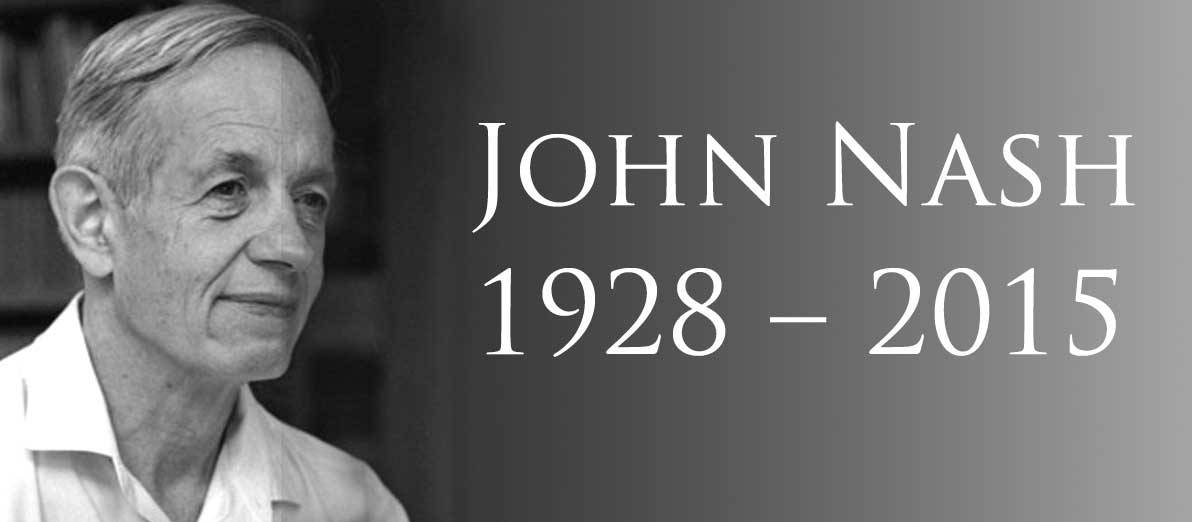GAME THEORY AND PRISONER’S DILEMMA
Every day we are forced to make some decisions. What to eat, what clothes to wear, what to do. Choices we make affect the rest of our day. The rest of our life. But what if the further course of our life depends not only on our choices, but also on choices someone else makes?
Today, I have decided to talk about something I had an opportunity to hear about at college, but since it was very interesting to me, I took some time to expand my knowledge about this subject. It is one of the most known theories in economics and mathematics – Game theory and its specific game – Prisoner’s dilemma. Game theory explains how people act in a strategic situation. It’s the kind of situation that includes two or more players who have to make a decision and take an action while considering re(actions) of other players. The concept that shows how to choose the best strategies is called the Nash equilibrium. It is named after an American mathematician, John Forbes Nash, who got the Nobel Prize for this achievement.

I am going to use a typical example to explain how this actually works.
Let’s imagine two felonies who know each other getting caught for some minor offense like possession of a weapon without a license. Let’s call them John and Jack. They both got a prison sentence of one year. But, the police suspects they have also committed another, bigger crime – robbing a bank, but without any solid evidence, they haven’t been able to prove it yet. In order to get a confession, they put them in separated rooms and start the hearings. The police are offering a deal:
So, it is pretty much clear that the size of the punishment depends on statements from both sides. Since they are not able to talk to each other, there is no way to find out what choice will the other one make. But, thanks to John Nash, we have a concept that helps us solve this problem and make a right decision.
Before getting to the concrete procedure, I would like to emphasize something very important. Although Nash equilibrium is a good concept, it is definitely not flawless. After reading a police statement, you would probably say that the best strategy for both of them would be not to confess, because that way they get to spend only one year in prison, which is the smallest punishment. But, the Nash equilibrium actually shows how are people supposed to react while being guided by their own interests. The choices they make are selfish because they are considering what’s best for them, and only them.
So, let’s write down all the options available for John and Jack:
- 20 years
- 8 years
- 1 year
- exoneration (0 years)
Now, we are going to use something called a payoff matrix in order to make it easier to present and consider their options.

Numbers in the first and third column are for Jack, and the ones in second and fourth are for John.
Let’s start with John! Choosing the right strategy for him means deciding what would be the best option even though he doesn’t have any information about Jack’s decision. So, whether Jack decides to confess or not, John’s dominant strategy is based on a comparison between two options for both of Jack’s potential decisions. If Jack decides to confess (first row), John has two options: 1) to confess – which will send him to prison for 8 years, or 2) not to confess – in which case he will be getting the whole 20 years. Clearly, his best choice would be to confess.

On the other hand, if Jack doesn’t confess (second row), John could confess (0 years) or not confess (1 year). The decision is the same – confessing.

The same logic can be used with Jack’s decision. If John confesses (first column), Jack’s best choice would be also to confess (8 years).

If John doesn’t confess (third column), Jack should confess and get exonerated.

Underlined and bold numbers in table fields represent dominant strategies for Jack and John. The field that contains two dominant strategies makes Nash equilibrium.
To sum up, the final solution of prisoner’s dilemma is confessing from both sides!
But, like I said, the Nash equilibrium is NOT an optimal solution. Considering prison time duration, the optimal solution would definitely be not confessing. But, this is the non-cooperative game where players are not interested in the common good.
If you found this post interesting, I would like to recommend a Ron Howard’s masterpiece - A Beautiful Mind based on the life of John Nash.
Hope you like my post!
Bojana :)